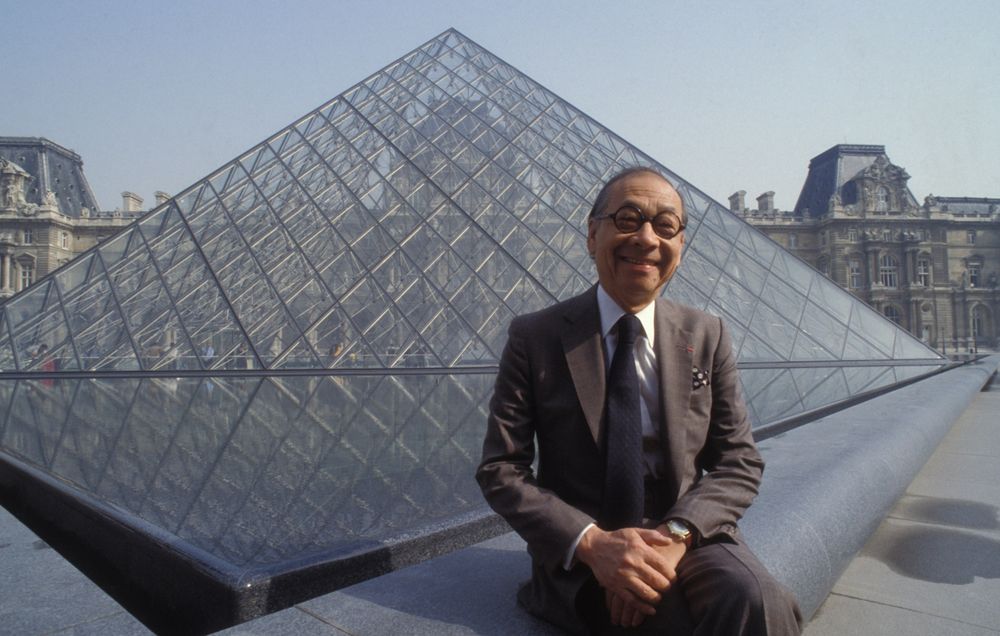New York: I.M. Pei, the acclaimed Chinese-American architect who designed the glass and metal pyramid at the Louvre Museum in Paris, has died at the age of 102.
Revered as one of the last great modernist architects, Pei died on Thursday.
Although he worked mostly in the US, Pei will always be remembered for his redevelopment of the Louvre Museum in the 1980s.
He gave us the glass and metal pyramid in the main courtyard, along with three smaller pyramids and a vast subterranean addition to the museum entrance.
Pei was the first foreign architect to work on the Louvre in its long history, and initially his designs were fiercely opposed. But in the end, the French — and everyone else — were won over.
As a young man, Pei counted himself grateful to have learned from some of the great modernists: Walter Gropius, Marcel Breuer, Alvar Aalto and Le Corbusier.
Winning the fifth Pritzker Architecture Prize in 1983, he was cited as giving the 20th century ‘some of its most beautiful interior spaces and exterior forms … His versatility and skill in the use of materials approach the level of poetry’.
Pei was born in China in 1917 into an affluent family. His father was a banker. His artistic mother — a calligrapher and flautist — had the greater influence on him.
In 1964, he designed the John F. Kennedy Presidential Library & Museum which established him as a name.
His other noted works include the Morton H. Meyerson Symphony Center in Dallas, the Bank of China Tower in Hong Kong and the Museum of Islamic Art in Qatar.
IANS
